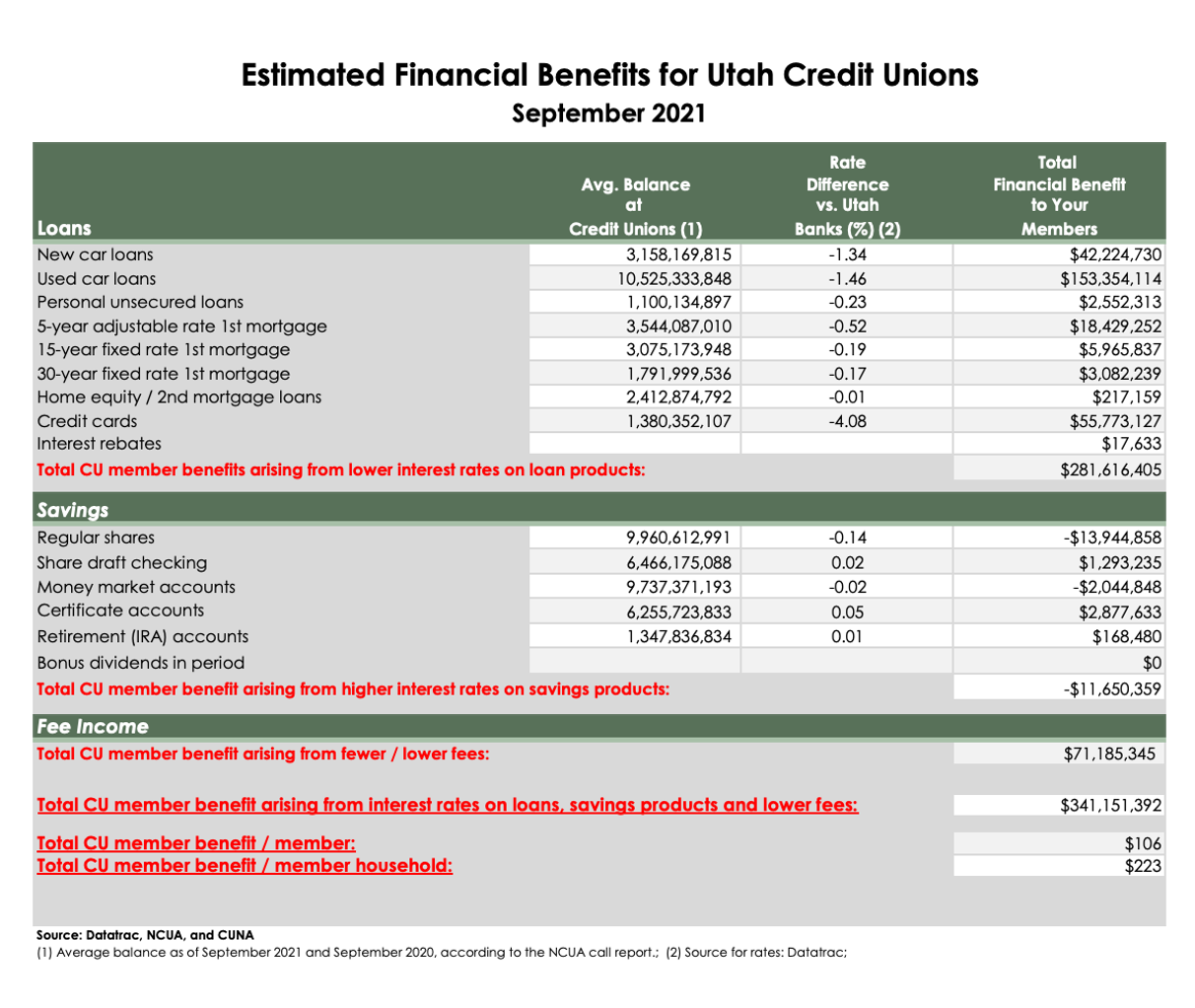The Ultimate Guide to Comprehending Cooperative Credit Union

Credit report unions stand as unique financial entities, rooted in principles of common support and member-driven operations. As we navigate via the intricacies of credit unions, an insightful trip waits for to lose light on these member-focused institutions and exactly how they vary from conventional banks.
What Are Lending Institution?
Cooperative credit union are member-owned banks that use a variety of financial solutions to their members. Unlike conventional financial institutions, credit unions run as not-for-profit organizations, suggesting their main emphasis gets on serving their participants as opposed to optimizing profits. Participants of a cooperative credit union typically share an usual bond, such as benefiting the exact same company, belonging to the exact same community, or belonging to the very same organization.
One of the vital benefits of lending institution is that they commonly use greater passion prices on interest-bearing accounts and lower rate of interest on fundings compared to banks. Credit Union in Wyoming. This is since lending institution are structured to profit their members straight, allowing them to pass on their earnings in the kind of far better prices and fewer fees. In addition, cooperative credit union are understood for their individualized client service, as they prioritize developing relationships with their members to understand their distinct financial requirements and objectives
History and Advancement of Credit Report Unions
The origins of member-owned economic cooperatives, recognized today as lending institution, trace back to a time when neighborhoods sought alternatives to standard banking establishments. The concept of credit rating unions come from the 19th century in Europe, with Friedrich Wilhelm Raiffeisen commonly attributed as the pioneer of the cooperative banking activity. Raiffeisen established the very first recognized credit scores union in Germany in the mid-1800s, emphasizing area assistance and self-help concepts.
The advancement of credit rating unions continued in North America, where Alphonse Desjardins established the very first cooperative credit union in Canada in 1900. Shortly after, in 1909, the initial U.S. cooperative credit union was formed in New Hampshire by a team of Franco-American immigrants. These very early lending institution operated the essential concepts of mutual support, democratic control, and participant possession.
With time, credit history unions have actually grown in popularity worldwide due to their not-for-profit framework, emphasis on offering members, and offering affordable monetary items and services. Today, cooperative credit union play a vital duty in the monetary market, supplying obtainable and community-oriented financial alternatives for organizations and people alike.

Subscription and Qualification Criteria
Subscription at a lending institution is generally limited to individuals fulfilling particular eligibility requirements based upon the institution's founding principles and governing needs. These requirements often consist of variables such as geographic location, work status, membership in particular organizations, or association with details groups. Lending institution are known for their community-oriented method, which is mirrored in their subscription requirements. Wyoming Credit Union. As an example, some lending institution might only offer people who function or live in a certain area, while others might be customized to workers of a specific company or members of a particular association.
Furthermore, credit unions are structured as not-for-profit organizations, implying that their key objective is to offer their participants instead than produce earnings for shareholders. This emphasis on participant solution often translates right into even more tailored focus, lower fees, and affordable rates of interest on savings and finances accounts. By satisfying the qualification standards and ending up being a participant of a lending institution, individuals can access a variety of monetary items and services tailored to their details demands.
Services and Products Supplied
One of the crucial facets that sets credit report unions apart is the varied array of monetary services and products they provide to their participants. Credit history unions commonly supply conventional financial services such as cost savings and examining accounts, finances, and credit history cards.
Furthermore, credit scores unions frequently offer practical online and mobile financial alternatives for members to quickly manage their finances. They may use rewards such as common branching, allowing members to access their accounts at other lending institution across the country. Some credit report unions also offer insurance products like automobile, life, and home hop over to here insurance coverage to help members shield their properties and enjoyed ones.

Benefits of Financial With Credit Rating Unions
When taking into consideration economic establishments, checking out the benefits of banking with debt unions reveals unique benefits for participants looking for customized service and affordable rates. Unlike big financial institutions, credit history unions are member-owned and prioritize structure solid relationships with their members. Overall, financial with a credit score union can give a much more tailored, affordable, and member-centric economic experience.
Verdict
To conclude, cooperative credit union stick out as member-owned banks that focus on serving their members over making best use of revenues. With origins going back to 19th century Europe, lending institution follow concepts of common aid and participant ownership. They use a series of financial product and services, including standard financial solutions, financial investment choices, and competitive rates of interest. Subscription eligibility requirements specify and reflect a community-oriented technique, offering personalized client solution and a member-centric monetary experience.
Credit unions are member-owned monetary institutions that offer a variety of financial services to their participants. The idea of debt unions originated in the 19th century in Europe, with Friedrich Wilhelm Raiffeisen usually attributed as the pioneer of the participating banking motion.The development of debt unions continued in North view it America, where Alphonse Desjardins established the first credit rating union in Canada in published here 1900. Credit unions usually give traditional banking services such as cost savings and checking accounts, loans, and debt cards.When taking into consideration monetary institutions, exploring the benefits of banking with credit scores unions discloses special advantages for participants seeking personalized service and affordable prices.